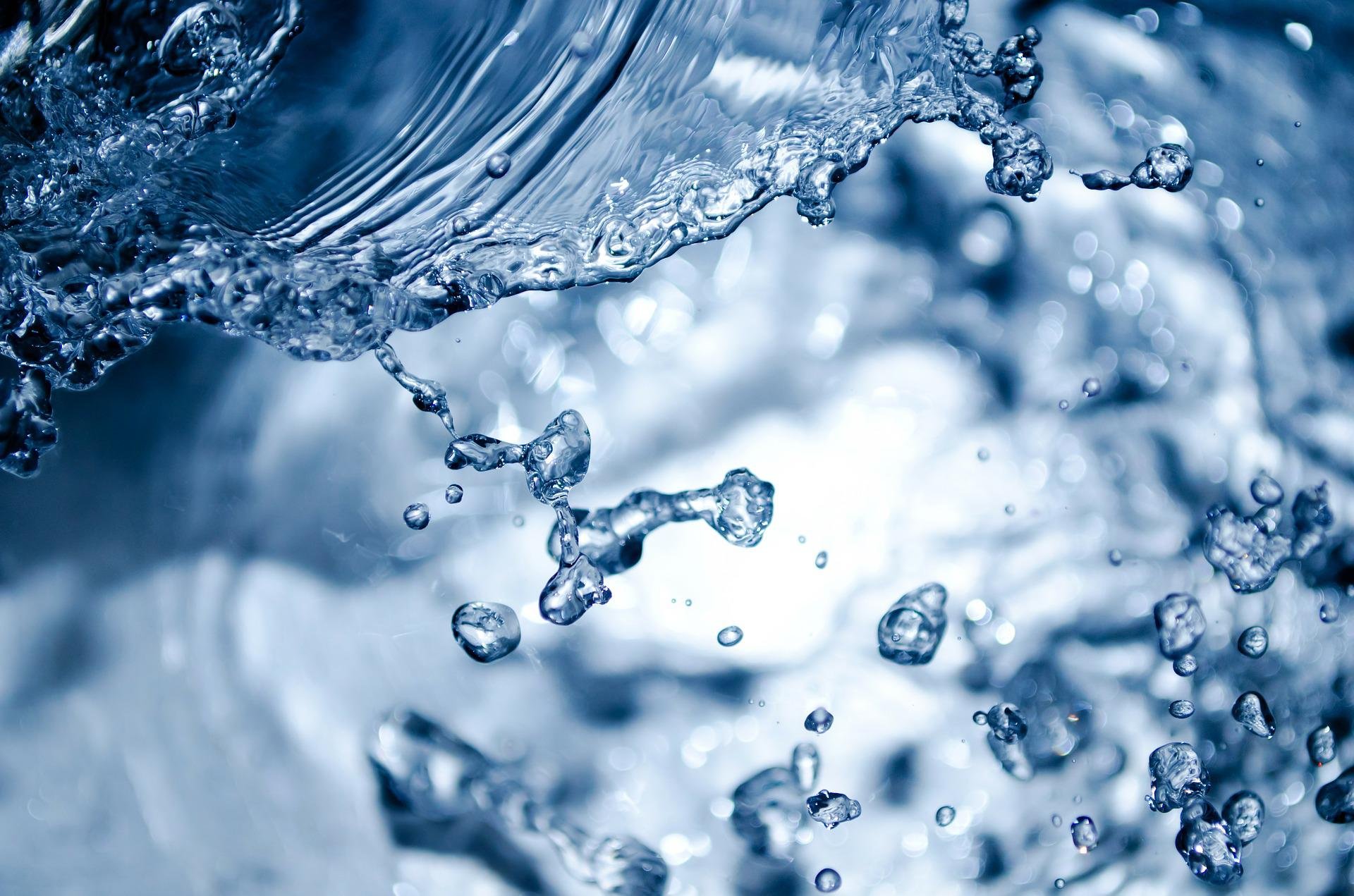
Legionella and Legionnaires disease
Legionnaires Disease
-
Landlord & Employers Responsibilities
-
Legionnaires Disease - Landlord & Employers Responsibilities -
What is Legionnaires’ Disease?
Legionnaires’ disease, also known as Legionellosis, is a type of pneumonia that can cause serious illness and in some cases may even be fatal.
Those most at risk are the elderly, male over 50's and smokers. The bacteria that cause Legionnaires' disease can also cause less serious illnesses like Pontiac fever and Lochgoilhead fever which affect all people.
The most common way of infection with Legionella bacteria is through inhalation of water droplets containing these organisms. These organisms cannot be spread from person to person, and the majority of cases or outbreaks have been related to domestic water systems, evaporative cooling towers, poorly maintained artificial water systems, and spa pools.
The more Legionella bacteria is allowed to grow in the environment, the higher the risk of someone contracting Legionnaires’ disease and falling seriously ill. Therefore, it is crucial to take correct measures to control the growth of the bacteria and assess the risk of infection as outlined in the ACOP L8 guidelines.
Employer and Landlord Responsibilities
As an employer or landlord, you are legally responsible for health and safety on your premises. This includes carrying out a risk assessment to identify any risks of exposure to legionella bacteria and carrying out remedial work where necessary. You should also carry out ongoing record-keeping in a scheme of control, as well as providing regular legionella training for staff.
It is important to understand:
Identify potential sources of legionella bacteria and assess any risk
To manage any legionella bacteria risks found
Prevent or control any risks
Keep and maintain the correct records and carry out any other duties you may have

“As an employer or landlord, you are legally responsible for health and safety on your premises. This includes carrying out a risk assessment to identify any risks of exposure to legionella bacteria and carrying out remedial work where necessary.”

Treating Legionella In Water Supplies
The presence of Legionella in a water supply will necessitate remedial work to remove the risk of infection and bring the system back in line with best practices. Remedial work may involve removing dead legs/dead ends in the pipework, flushing stagnant water, cleaning the water tanks, reducing the number of outlets and monitoring water temperatures to ensure that cooling or cold water is stored below 20 degrees Celsius and hot water is at 50 degrees or more. Studies show that chlorine is extremely effective in killing bacteria when used as part of an overall treatment programme.

